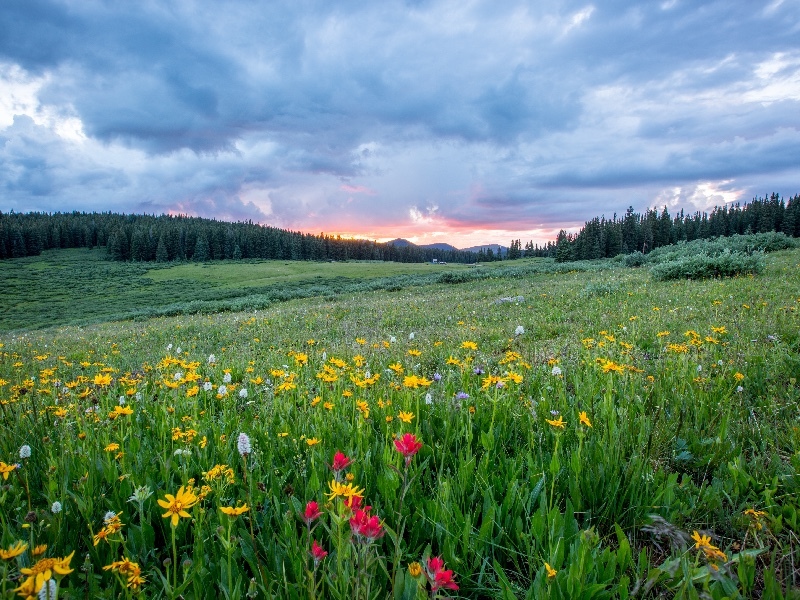 William Shakespeare once wrote that, "A rose by any other name would smell as sweet." This holds true for Juliet who believes that if Romeo was called neither "Romeo," nor "Montague," he would still "retain [his] dear perfection." But would Mei Gui Hua (Rosa rugosa) cultivated in Northeastern China vary in form and function from that which is cultivated in Northwestern China, Japan, Europe, Africa, or the United States? Or would it also retain its "dear perfection" of its warm, sweet, and slightly bitter properties and functions of regulating Qi and Blood (gently) and harmonizing the Spleen, Stomach, and Liver regardless of region of origin?
William Shakespeare once wrote that, "A rose by any other name would smell as sweet." This holds true for Juliet who believes that if Romeo was called neither "Romeo," nor "Montague," he would still "retain [his] dear perfection." But would Mei Gui Hua (Rosa rugosa) cultivated in Northeastern China vary in form and function from that which is cultivated in Northwestern China, Japan, Europe, Africa, or the United States? Or would it also retain its "dear perfection" of its warm, sweet, and slightly bitter properties and functions of regulating Qi and Blood (gently) and harmonizing the Spleen, Stomach, and Liver regardless of region of origin?
These are some of the concerns posed when establishing the correct identity of an herb. Many of us are familiar with the appearance of commonly used Chinese medicinal herbs through years of mandatory exposure in school that graduated onto discretionary use in our own clinics. But far less many of us are able to identify the incorrect form of an herb, like being able to distinguish the correct Mei Gui Hua (R. rugosa) from its fragrant hybrids, or other species in the genus Rosa that have the same unopened, dark purple-pink appearance.
The term geo-authenticity may sound like a new catch-word in the realm of herbology (as with the introduction of the terms sulfur-free and organic), when in fact, it is a distinct and comprehensive evaluation process of quality and potency of plant material that has shared the same history and evolution as the practice of traditional Chinese medicine. The word "geo-authentic" is a near translation of the centuries-old Chinese medicinal term of dao di ("authentic region") or dao di yao cai ("authentic regional medicinal plant"). Specific and necessary guidelines are taken to establish the geo-authenticity of such herbal materials.
1. The medicinal plant must be grown in its indigenous region, known to have the best climate and ecology to support the yield of a high potency herbal product.
2. The desired parts must be harvested in the height of its season and in a specific way to ensure that their medicinal properties are not compromised.
3. Physical inspection of the collected plant materials is made by master herbalists to determine that they are of the correct species and part of the plant.
4. The plant materials are sorted, washed, agitated, and processed according to its specific protocol to yield the highest purity and quality herbal product useable by consumers.
Wild R. rugosa can be found naturally distributed in Southern Liaoning Province, Eastern Shandong Province, and Jilin Province of China. It is also classified as an endangered species. Now, the native regions of R. rugosa cultivation include Northeastern China, Northern Japan, the Korean Peninsula, and the Russian Far East. Mei Gui Hua cultivated in the Northwestern Xinjiang Province are of the R. gallica variety. Rose essential oil in Morocco, Turkey, Bulgaria, France, and other European countries, is mainly extracted from the flowers of R. damascena, which contains chemical compounds different from R. rugosa. Therefore, we can say with certainty that even though the buds from the deciduous rose bush in your front yard may make a fine and fragrant Spring or Summer tea, their medicinal properties will shy against the traditional Chinese rose.